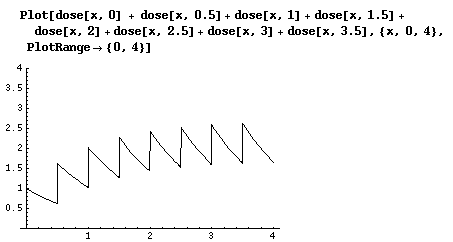Usually, when folks talk about airlines and flights, the topic is one of these:
* being delayed and its consequences (flight was cancelled, missed connection, stuck on the ground pre-takeoff)
* ticket prices (expensive fares or secret special deals)
* uncomfortable seats (and dreams of flying in business or first class)
* fees/surcharges (esp. with low cost carriers)
* bad food
It always seems that people rarely have good things to say about air travel experiences. But here is one good experience.
Recently, I flew on an overseas KLM-ticketed Delta-operated flight, and upon retrieving my bag at the baggage claim, I found a handle broken off. This was disappointing. Immediately, I went to Delta’s baggage service counter and pointed out the broken handle.
The bag already had a broken latch from another flight on another airline, which I noticed too late, plus the extending/retracting rollaway handle was worn and prone to jamming (hey, it’s probably worn from flying 100k miles). Otherwise, the bag was in nice shape, having no stains, rips, holes, tears, or abrasions. Still, I was going to report this damage immediately and see what sort of recompense was possible. I did see a sign at the counter disclaiming responsibility for any damage to retractable handles, but on this flight, the damage was a handle that had pulled and ripped away from one of its attachment points.
The nice lady at the counter said that she could go find me a replacement bag, or give me a credit voucher to spend on a future flight. I declined, saying that what I really wanted was a bag of a similar size with similar features without a broken handle. She said she would look around. A few minutes later, she returned and said that she could have my bag sent in for repair, but it would take a few weeks. I winced, but honestly, I just want a fixed bag. So she did some electronic paperwork, and as she filled out the forms, I asked whether I could get the other damage fixed, how I would request that and how I would pay. She went beyond and just offered to add it to the repair request. I smiled, and she added the broken latch. As for the retracting handle, I was just going to leave that alone, since the airline explicitly disclaimed responsibility for those. She gave me a large plastic bag and a shipping airbill, and said it might take a few weeks to get it back, and I told her I would manage somehow.
Anyway, two weeks later, here I am, and my returned bag is in great shape with everything fixed, including the retracting part that wasn’t specified. The contracted luggage service company, Rynn’s Luggage and More, seems to have gone beyond the requested repairs, and I’m thankful to them, as well as Delta, who chose a great luggage service company, and the nice baggage counter lady who was helpful and efficient.
This was a good airline experience that impressed a guy who always snickers when hearing the “sit back and relax” announcement from the pilot while sitting in economy seats, which don’t really allow anything that can be credibly called “sitting back”.



